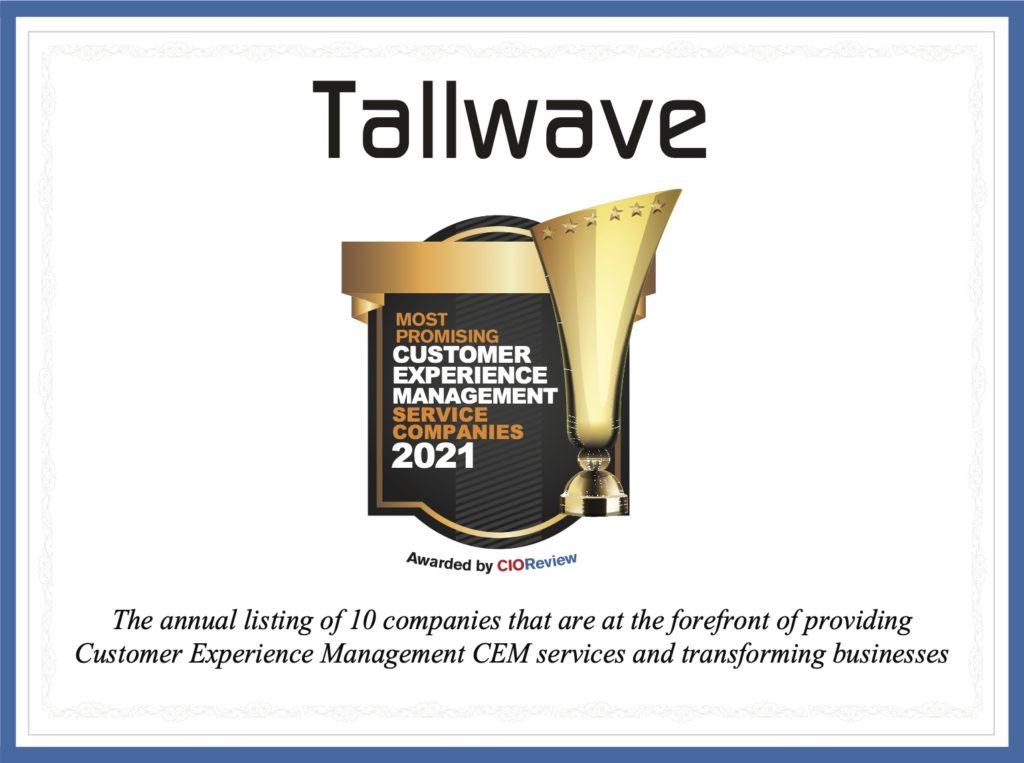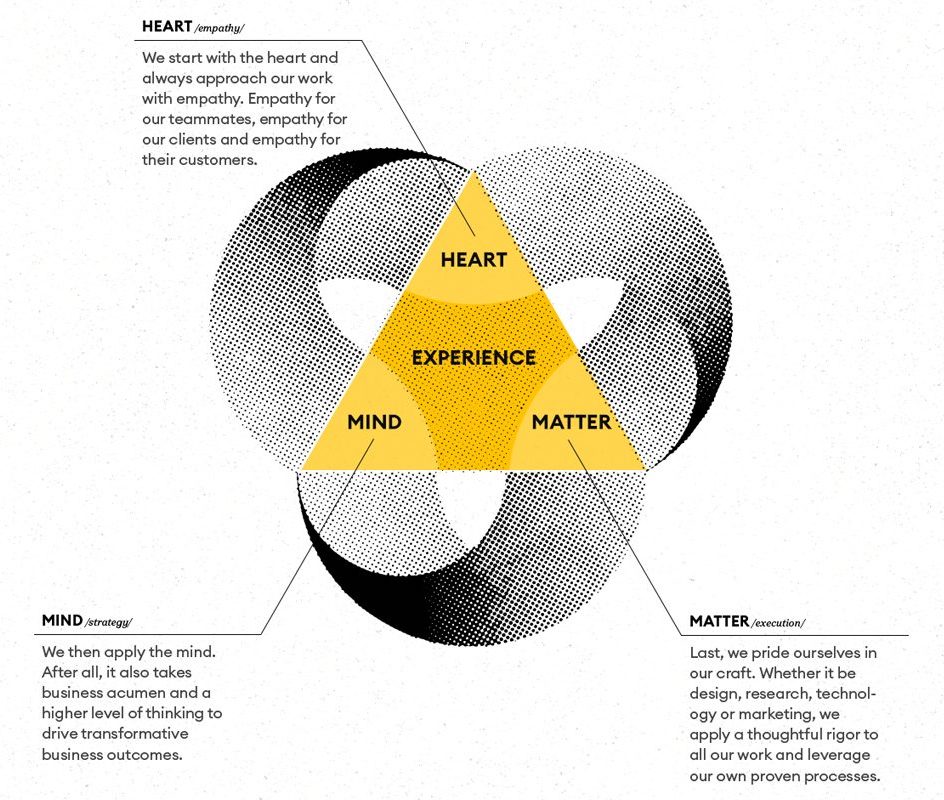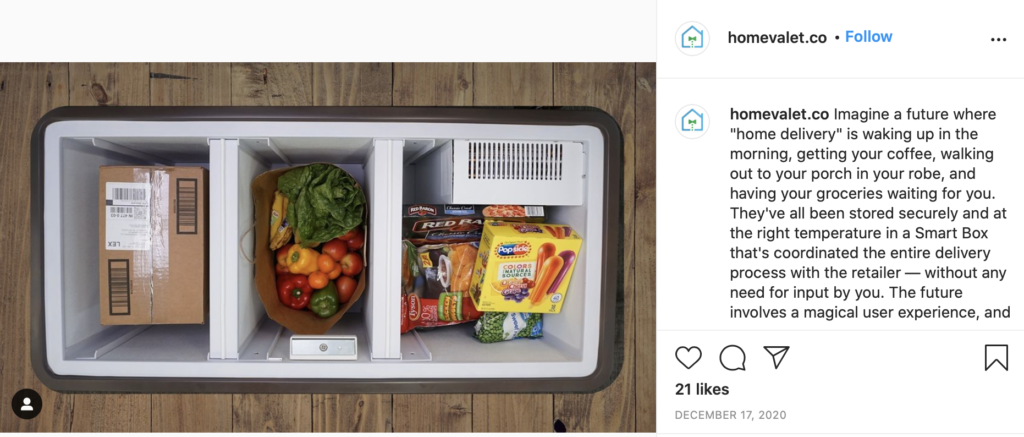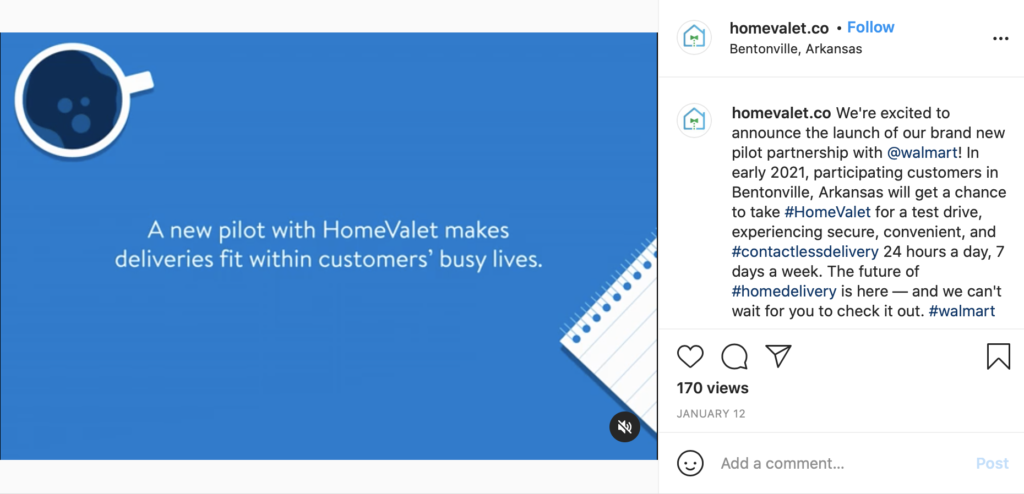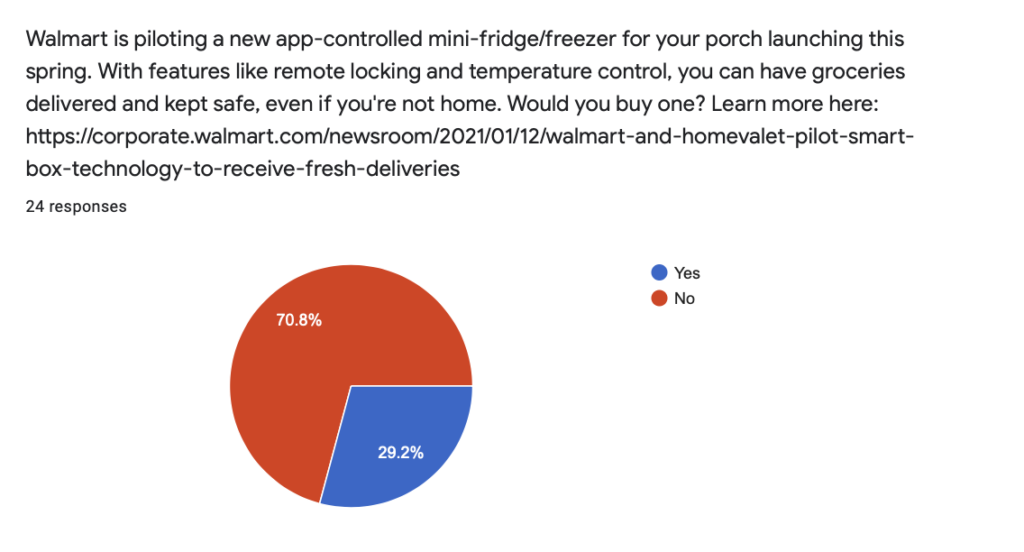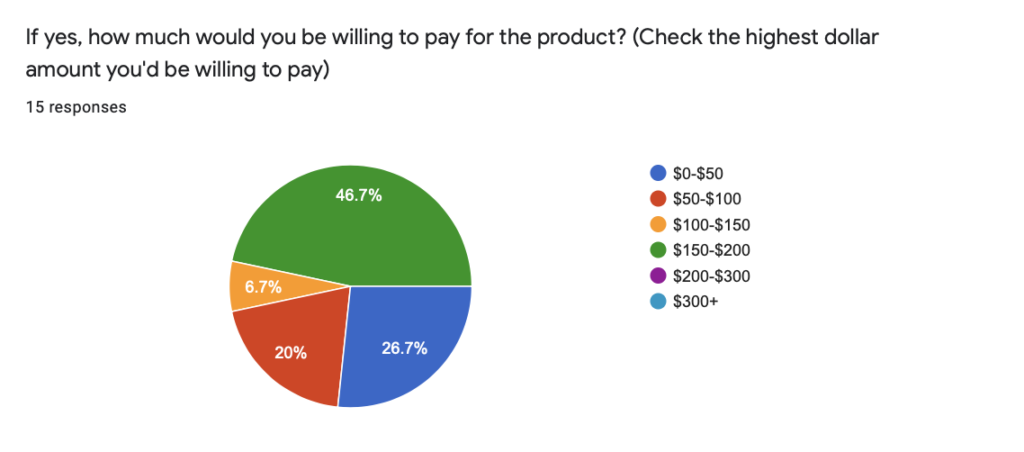In the fast-evolving digital landscape, a website is more than a digital brand extension— it’s a dynamic tool that can either advance or inhibit business. Creating a high-performing website requires moving beyond surface-level aesthetics to consider the functionality required to meet business goals effectively.
A website is arguably the most persistent external expression of a brand and one of the hardest working tools in the digital marketing arsenal. It’s the digital front door of your business and a frequent destination for customers at multiple points in their journeys. And yet, website strategy is often only skin deep, focused heavily on how a website looks rather than on how it functions. And it’s often short-term, considering the roles your website plays for your customers and your business today and note how it will need to evolve to meet needs in the future. When it comes to creating high-performing websites built to go the distance for both brands and customers, three is the magic number.
The magic triangle: Role, goals, and audience
A triangulated approach that considers roles, goals, and audience can help you plan for successful and sustainable websites. This interconnected approach ensures that the website is not only visually appealing but also aligned with the broader business objectives. Let’s break down the elements:
Role: The purpose of your website
Understanding the role your website plays in your business is the first consideration in this website strategy power trio. At a basic level, websites can play two roles: business-enabling and revenue-driving.
Business-enabling websites can support your business in a number of ways, including:
- Acting as a support system for external revenue channels: Business-enabling websites act as a powerful support system for your existing revenue channels, such as your sales force. They don’t directly generate revenue themselves, but they play a critical role in nurturing leads, building brand awareness, and ultimately driving conversions through those external channels.
- Encouraging high-value microconversions: While not the final sale, business-enabling websites excel at capturing high-value microconversions. These actions represent significant steps forward in the customer journey, indicating a prospect’s growing interest in your brand. Examples include lead capture forms, content downloads (e.g., white papers, ebooks), and newsletter signups.
- Fueling the customer journey: Business-enabling websites are instrumental in moving potential customers through the buyer’s journey and down the sales funnel. By providing valuable content, educational resources, and clear calls to action, these websites nurture leads, build trust, and position your brand as a leader in your industry.
On the other hand, revenue-driving websites support transactions and encourage conversion, directly contributing to a brand’s bottom line. Consider how revenue-driving websites can support your business:
- Acting as a revenue generating powerhouse platform: Revenue-driving websites are the engines that directly power your business’s revenue generation. These websites are transactional in nature, facilitating online purchases and financial transactions. Examples include traditional e-commerce stores selling physical goods, food delivery platforms where customers can order meals, travel booking websites where users can reserve flights and accommodations, and service-oriented e-commerce sites.
- Encouraging transactions: The primary function of revenue-driving websites is to facilitate secure and seamless online transactions. This includes features like shopping carts, secure payment gateways, and clear order fulfillment processes.
- Suiting your needs: Revenue-driving websites encompass a wide range of e-commerce models. From traditional product sales through an online store to service-based transactions, these websites cater to a variety of industries and customer needs.
Clearly defining whether your website plays a business-enabling or revenue-driving role for your business sets the foundation for the subsequent decisions in your strategy, from critical KPIs to key features and functionality, necessary integrations, and more. It also sets the stage for the expectations users will have when visiting your website.
Goals: What you seek to accomplish with your website
Now that you understand the role your website plays in your business, it’s time to define your website goals. You might consider setting these objectives with SMART goals: specific, measurable, achievable, relevant, and time-bound.
Website goals will vary depending on your website’s role and your overall business objectives.
Consider the following examples:
- Business-enabling website goals:
- Generate a set number of qualified leads per month
- Increase brand awareness and website traffic
- Drive event registrations or webinar signups
- Improve content engagement through downloads or shares
- Revenue-driving website goals:
- Increase online sales by a specific percentage
- Grow average order value
- Reduce cart abandonment rates
- Improve customer lifetime value
Establishing clear and measurable website goals can help you track progress, identify areas for improvement, and ensure that your website strategy aligns directly with your business objectives.
Audience: Who your website is speaking to
Your target audience plays a critical role in shaping your website’s design, content, information architecture, and functionality. Here’s why understanding your audience analysis is vital when thinking about website strategy:
- Tailored user experience: By understanding your audience’s needs, preferences, and online behavior, you can create a user experience (UX) that resonates with them. This translates to a website that’s easy to navigate, informative, and facilitates desired actions, ultimately influencing conversion rates.
- Content strategy alignment: Knowing your audience empowers you to develop a content strategy that truly connects. This means crafting content that addresses their pain points, interests them, and guides them through the buying journey.
- Personalization potential: Audience insights can unlock personalization opportunities. This could involve tailoring website elements, product recommendations, or even entire landing pages to specific audience segments, leading to a more relevant and engaging experience.
- Search engine visibility: Understanding your audience paves the way for essential SEO optimizations fueled by linguistic profiling and search journey analysis. Implementing data-driven optimizations based on these findings can improve search engine rankings and organic visibility for your business.
Learn more about SEO and other Integrated Digital Marketing Services from Tallwave.
Having a clear understanding of your target audience is the bridge that connects your website’s features and functionality with the user experience that drives results. Effective audience analysis involves:
- Buyer persona development: Create detailed profiles of your ideal customers, including demographics, valuegraphics, needs, challenges, and preferred online behavior.
- Website analytics review: Utilize website traffic data to understand visitor demographics, interests, and content consumption patterns.
- Market research: Conduct market research to gain insights into broader industry trends and competitor audience strategies.
By combining these methods, you can create a comprehensive understanding of your target audience and leverage that knowledge to build a website that truly resonates with them.
Evaluating your website’s business readiness: Beyond the surface
While websites serve as prominent brand outposts, often acting as the initial point, their multifaceted nature can pose a challenge. Teams can get caught up in the aesthetics – visuals, interactive elements, and the like – neglecting to truly get under the hood and identify underlying strengths and opportunities.
Before you put your website to work, it’s essential to get down to business and review your site under the following lenses:
- Technical infrastructure: Is the website’s technical foundation robust enough to support your business goals seamlessly, both today and into the future? This includes aspects like website speed, mobile-friendliness, security measures, and content delivery efficiency.
- Customer experience (CX): Does the customer journey feel intuitive and cater to your target audience’s needs? Assess whether the website is optimized for high-value conversions aligned with your business objectives.
- Accessibility: Is your website accessible for users with disabilities? Ensure that your website’s design and content adhere to WCAG guidelines. This means implementing features like alt text for images, keyboard navigation options, and proper headings.
- Navigation paths and flows: Does your website seamlessly guide visitors toward their next steps, building upon interactions with other digital touchpoints in your brand ecosystem? A well-structured website anticipates user intent and facilitates a smooth journey towards conversions.
- Design: Does the website effectively reflect your brand identity? Validate your website against your brand guidelines to determine if the visual elements, as well as content, are applied consistently across all pages.
- Marketing and sales strategy alignment: Is your website an active participant in driving your marketing and sales efforts? It is important to make sure your website integrates with your marketing automation tools, facilitates lead capture, and effectively supports your sales funnel. It’s also critical to ensure the content management system on which your website is built supports the frequency with which updates may need to be made and the level of technical skill of those who will be responsible for making them.
This multifaceted evaluation approach can help uncover hidden roadblocks and optimization opportunities that ensure your website is not just visually appealing but strategically positioned to support your business goals.
Ongoing optimizations: Sustainable website strategy
Your website is a living entity, not a static brochure. Don’t “set it and forget it.” To maintain your website’s strategic effectiveness, you must plan for ongoing and iterative optimizations. Here are some key practices to keep in mind post-launch:
- A/B testing: Test different website elements, like headlines, call-to-action buttons, or page layouts, to see what resonates best with your audience and drives conversions.
- Data-driven decision-making: Leverage website analytics and user behavior data to inform website improvements and prioritize resources effectively.
- SEO optimizations and content enhancements: Regularly update your website content with fresh, keyword-rich, relevant information to maintain user engagement and improve search engine ranking.
- Mobile-first approach: Even in B2B scenarios, first contact often happens in the palms of your customers’ hands. Ensure your website is responsive and optimized for mobile devices.
- Security maintenance: Regularly update your website’s security measures to protect user data and website functionality, especially when relying on cloud-based tools and data storage.
A well-defined website strategy is no longer optional – it’s a necessity. By understanding the role your website plays in your business strategy, your target audience, and your desired goals, you can create a website that is not just visually appealing, but strategically designed to drive impactful results.
And you don’t have to go at it alone. Tallwave is eager to create website strategy solutions that align with your consumers and meet them where they are when they need you most. Let’s talk.








